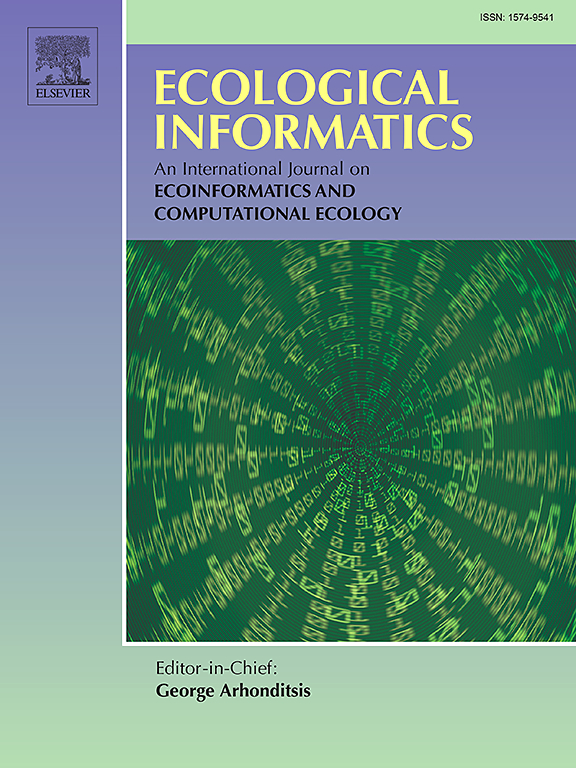Evolutionary polynomial modeling for interpretable drought prediction and resilient resource management
IF 7.3
2区 环境科学与生态学
Q1 ECOLOGY
引用次数: 0
Abstract
Droughts are natural hazards that exist in nature and can have a serious impact on the environment and society, which includes water shortages, crop failures, fires and, in some cases, soil manipulation. To assess and predict droughts, various methods, such as the Standardized Precipitation Index (SPI), were designed to segregate drought trends and excess rainfall over a period ranging from 3 to 48 months. This study proposes an innovative approach to predicting drought use, the Evolutionary Polynomial Expansion with Feature Selection (EPEFS) model, a hybrid method that integrates polynomial regression with feature selection to increase accuracy and interpretability. The methodology was applied to historical precipitation data from six meteorological stations in Türkiye, covering the period from 1971 to 2016. The drought index Standardized Precipitation Index (SPI) was used as the primary indicator, with predictions made for three different time scales: SPI-3, SPI-6 and SPI-12. Furthermore, a time series cross-validation strategy was employed to ensure performance assessment. The EPEFS model obtained R coefficients of 0.880, 0.903 and 0.929 for SPI-3, SPI-6 and SPI-12, respectively, surpassing the other models analyzed. Furthermore, the model presented less complexity in the generated expressions. The results suggest that the EPEFS model holds promise as a robust and interpretable tool for drought forecasting, with potential applications in early warning systems and mitigation strategies.
可解释干旱预测与弹性资源管理的进化多项式模型
干旱是自然界中存在的自然灾害,可对环境和社会产生严重影响,包括水资源短缺、作物歉收、火灾,在某些情况下还包括土壤操纵。为了评估和预测干旱,设计了各种方法,如标准化降水指数(SPI),以区分3至48个月期间的干旱趋势和过量降雨。本研究提出了一种预测干旱利用的创新方法,即进化多项式扩展与特征选择(EPEFS)模型,这是一种将多项式回归与特征选择相结合的混合方法,以提高准确性和可解释性。该方法应用于日本6个气象站1971 - 2016年的历史降水数据。以干旱指数标准化降水指数(SPI)为主要指标,分别对SPI-3、SPI-6和SPI-12三个时间尺度进行了预测。此外,采用时间序列交叉验证策略来确保绩效评估。EPEFS模型对SPI-3、SPI-6和SPI-12的R2系数分别为0.880、0.903和0.929,优于其他分析模型。此外,该模型在生成的表达式中呈现出较低的复杂性。结果表明,EPEFS模型有望成为一种可靠且可解释的干旱预测工具,在早期预警系统和减灾战略中具有潜在的应用前景。
本文章由计算机程序翻译,如有差异,请以英文原文为准。
求助全文
约1分钟内获得全文
求助全文
来源期刊

Ecological Informatics
环境科学-生态学
CiteScore
8.30
自引率
11.80%
发文量
346
审稿时长
46 days
期刊介绍:
The journal Ecological Informatics is devoted to the publication of high quality, peer-reviewed articles on all aspects of computational ecology, data science and biogeography. The scope of the journal takes into account the data-intensive nature of ecology, the growing capacity of information technology to access, harness and leverage complex data as well as the critical need for informing sustainable management in view of global environmental and climate change.
The nature of the journal is interdisciplinary at the crossover between ecology and informatics. It focuses on novel concepts and techniques for image- and genome-based monitoring and interpretation, sensor- and multimedia-based data acquisition, internet-based data archiving and sharing, data assimilation, modelling and prediction of ecological data.
 求助内容:
求助内容: 应助结果提醒方式:
应助结果提醒方式:


